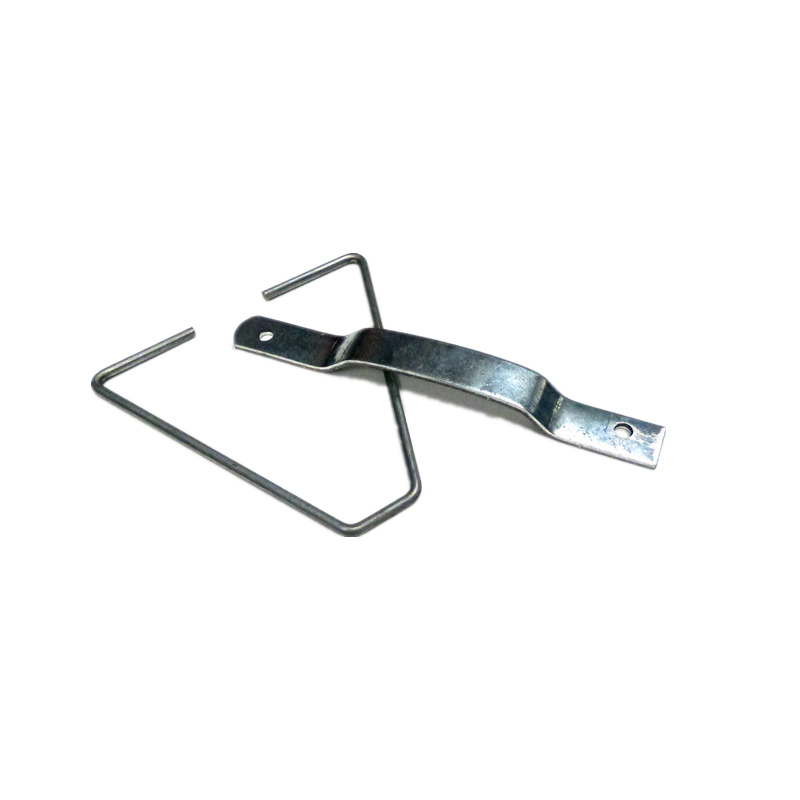
- Mobile Phone
- +8613931874955
- sales@cntcmetal.com
Reinforced Concrete Wire Panels for Enhanced Structural Support and Durability
Understanding Concrete Reinforcement Wire Panels An Overview
Concrete reinforcement wire panels are essential components in modern construction and engineering, playing a crucial role in enhancing the structural integrity and durability of concrete structures. These panels, often referred to as welded wire fabric (WWF), consist of a grid of steel wires that are welded together at specific intervals to create a robust mesh. This innovative solution serves various applications in concrete reinforcement, which we will explore in detail.
The Composition and Manufacturing Process
Typically, concrete reinforcement wire panels are made from high-quality carbon steel, ensuring that they possess the necessary tensile strength and flexibility required for effective reinforcement. The manufacturing process involves drawing steel wire into the desired diameter, which usually ranges from 10 to 16 gauge. The wires are then arranged in a geometric pattern and welded together at their intersections using automated welding techniques. This process results in a strong, uniform mesh that can be easily manipulated and installed.
Advantages of Using Wire Panels
Concrete reinforcement wire panels offer several advantages over traditional reinforcement methods, such as rebar. First and foremost, the uniformity of the welded mesh provides consistent strength and load distribution across the entire concrete slab. This reduces the likelihood of cracking or structural failure, which can be caused by uneven stress points. Additionally, the ease of installation is a significant benefit; the lightweight panels can be quickly positioned within forms, reducing labor costs and project timelines.
Another advantage is the adaptability of wire panels. They can be customized to fit various dimensions and shapes, making them suitable for a wide range of applications, from small residential projects to large commercial developments. Furthermore, these panels are resistant to corrosion when treated with protective coatings, prolonging their lifespan and maintaining the integrity of the concrete structure.
Applications in Construction
Concrete reinforcement wire panels are commonly used in various construction scenarios, including
concrete reinforcement wire panels

1. Slabs and Floors These panels are frequently employed in the construction of concrete slabs for residential or commercial buildings. By providing an even distribution of tensile strength, they help prevent cracking and ensure a longer-lasting floor.
2. Walls and Foundations Reinforcement mesh can also be integrated into foundation walls and other vertical structures, offering additional support and stability. The mesh helps resist lateral pressures, which are particularly important in flood-prone areas.
3. Paving and Walkways In outdoor environments, such as driveways and sidewalks, wire panels improve load-bearing capacity and decrease the likelihood of cracks resulting from ground movement or heavy traffic.
4. Precast Concrete The use of wire panels extends to precast concrete products, where they enhance the mechanical properties of elements such as beams, columns, and slabs produced in controlled factory conditions.
Industry Standards and Regulations
When it comes to the application of concrete reinforcement wire panels, adherence to industry standards and regulations is paramount. Various organizations, including the American Society for Testing and Materials (ASTM) and the International Building Code (IBC), provide guidelines that ensure the quality, performance, and safety of these materials. Builders and engineers must ensure that the panels they use comply with these standards to guarantee the reliability and strength of their concrete structures.
Conclusion
Concrete reinforcement wire panels are vital in modern construction, offering a blend of strength, flexibility, and ease of use that enhances the overall performance of concrete structures. As construction techniques evolve and the demand for durable and safe buildings increases, the significance of wire panels is likely to grow. Understanding their composition, advantages, applications, and compliance with industry standards can help builders and engineers make informed decisions that contribute to successful project outcomes.
In summary, concrete reinforcement wire panels stand as a testament to the advancements in construction materials that prioritize safety, efficiency, and durability. Their role in reinforcing concrete structures not only enhances their longevity but also instills confidence in the integrity of the built environment. As the industry continues to innovate, these wire panels will undoubtedly remain a staple in construction practices worldwide.
share:
-
Why Sacrificial Formwork Is Redefining Underground ConstructionNewsJun.06,2025
-
The Structural Dynamics of Modern Concrete: How Snake Spacers Revolutionize Flexible ReinforcementNewsJun.06,2025
-
Snake Spacers Smart-Lock Concrete Reinforcement with Surgical PrecisionNewsJun.06,2025
-
Snake Spacers: Reinforcement Precision for Modern Concrete ProjectsNewsJun.06,2025
-
Snake Spacers Powering Concrete's Structural DNANewsJun.06,2025
-
Slither into Success: Snake Spacers' Precision Bite for Unbreakable ReinforcementNewsJun.06,2025
-
Sacrificial Formwork: Building Stronger, Faster, and Safer StructuresNewsJun.06,2025



















